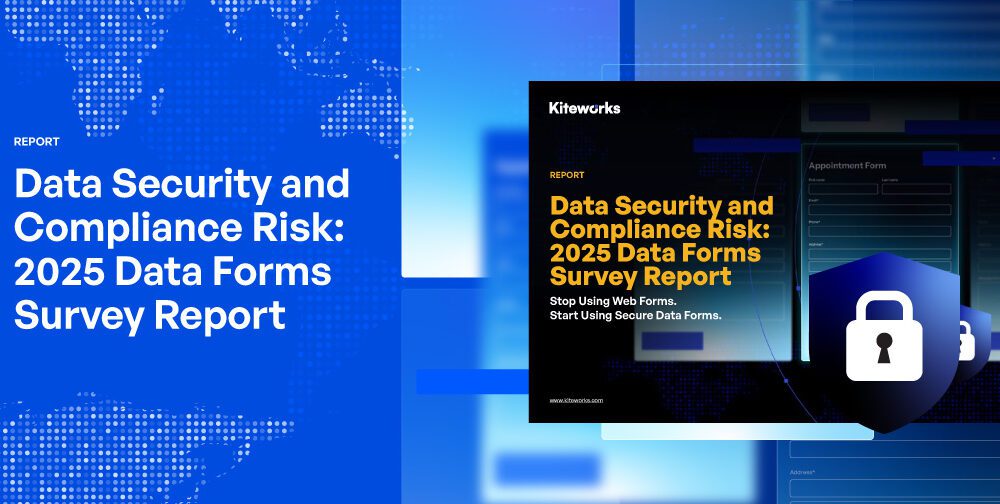In the rapidly evolving field of digital marketing analytics, few voices are as authoritative as Kamini Murugaboopathy’s. Her groundbreaking research and practical applications have shaped how businesses approach data-driven decision-making in the digital age.As, a recognized expert in marketing analytics, explores how cloud computing has revolutionized real-time data processing and decision-making. Her work highlights the technical innovations that are redefining the landscape of digital marketing.
Breaking Free from Traditional Constraints
Traditional marketing analytics struggled with issues like data silos, batch processing limitations, and high infrastructure costs. Businesses relied on on-premise systems that required heavy investment in hardware and maintenance, restricting their ability to scale. These challenges made real-time analytics virtually impossible, leading to delays in decision-making and suboptimal customer engagement. The fragmented nature of data collection further complicated efforts to create unified customer profiles, while the technical expertise required to maintain these systems diverted resources from core business functions. Additionally, geographic limitations meant that global organizations faced significant hurdles in consolidating regional insights, creating blind spots in their strategic planning and preventing the development of truly responsive marketing initiatives that could adapt to rapidly changing consumer behaviors.
The Multi-Layered Cloud Architecture
Cloud computing has introduced a structured, multi-layered approach to marketing analytics. The architecture consists of several essential components:
- Data Ingestion Layer: This layer captures customer interactions as they happen, using advanced event-streaming platforms that ensure real-time data availability.
- Processing Layer: Cloud-based stream processing technologies like Apache Kafka and AWS Lambda enable immediate transformation of raw data into actionable insights.
- Storage Layer: Cloud-native storage solutions optimize data retrieval and query performance, significantly reducing latency and increasing analytical efficiency.
- Analytics Layer: Real-time dashboards and machine learning models enable businesses to visualize data trends and automate predictive insights.
- Action Layer: Automated marketing platforms ensure that insights translate into immediate, personalized customer engagement.
Real-Time Segmentation and Personalization
One of the most significant advantages of cloud computing in marketing is the ability to perform dynamic audience segmentation. Unlike traditional methods, which relied on batch processing, cloud-based analytics continuously update customer profiles based on real-time interactions. This shift allows businesses to target audiences with greater precision, improving customer engagement and conversion rates.
Predictive Modeling with AI Integration
Cloud computing has enhanced predictive customer lifetime value (CLV) modeling. By leveraging machine learning, businesses can analyze vast amounts of behavioral data to forecast future customer behavior. Automated feature engineering and real-time model retraining ensure that predictions remain accurate even as market conditions change. This democratization of advanced analytics has transformed how companies allocate marketing budgets, with resources now directed toward high-potential customer segments with unprecedented precision. The integration of diverse data sources—including social media interactions, purchase history, support inquiries, and website behavior—creates multidimensional customer profiles that reveal subtle patterns invisible to traditional analytics. Furthermore, cloud-based CLV models can incorporate external factors such as economic indicators and competitive positioning, allowing for contextual predictions that account for market dynamics beyond the organization’s direct control.
Edge Computing for Instantaneous Insights
The integration of edge computing with cloud analytics has further reduced latency, enabling real-time decision-making. By processing data closer to the source, businesses can optimize content personalization, ensuring seamless and engaging user experiences.
Cost-Effective Scalability
Scalability is another key benefit of cloud-based marketing analytics. Unlike traditional infrastructure, which requires costly upfront investments, cloud platforms offer flexible pricing models based on usage. This elasticity allows businesses to scale their operations efficiently.
Future Innovations in Cloud-Based Analytics
The future of marketing analytics lies at the intersection of artificial intelligence and cloud computing. Emerging trends such as federated learning, automated machine learning (AutoML), and natural language processing (NLP) are set to enhance data-driven decision-making further. These technologies will allow businesses to refine their marketing strategies with even greater precision while ensuring compliance with evolving data privacy regulations.
In conclusion,Cloud computing has fundamentally transformed marketing analytics, enabling businesses to capture, analyze, and act on customer data in real time. By leveraging multi-layered cloud architectures, AI-driven predictive modeling, and cost-efficient scalability, companies can enhance their marketing effectiveness and stay ahead in a competitive landscape. Kamini Murugaboopathy’s insights underscore the importance of cloud-based innovations in shaping the future of marketing analytics.



































